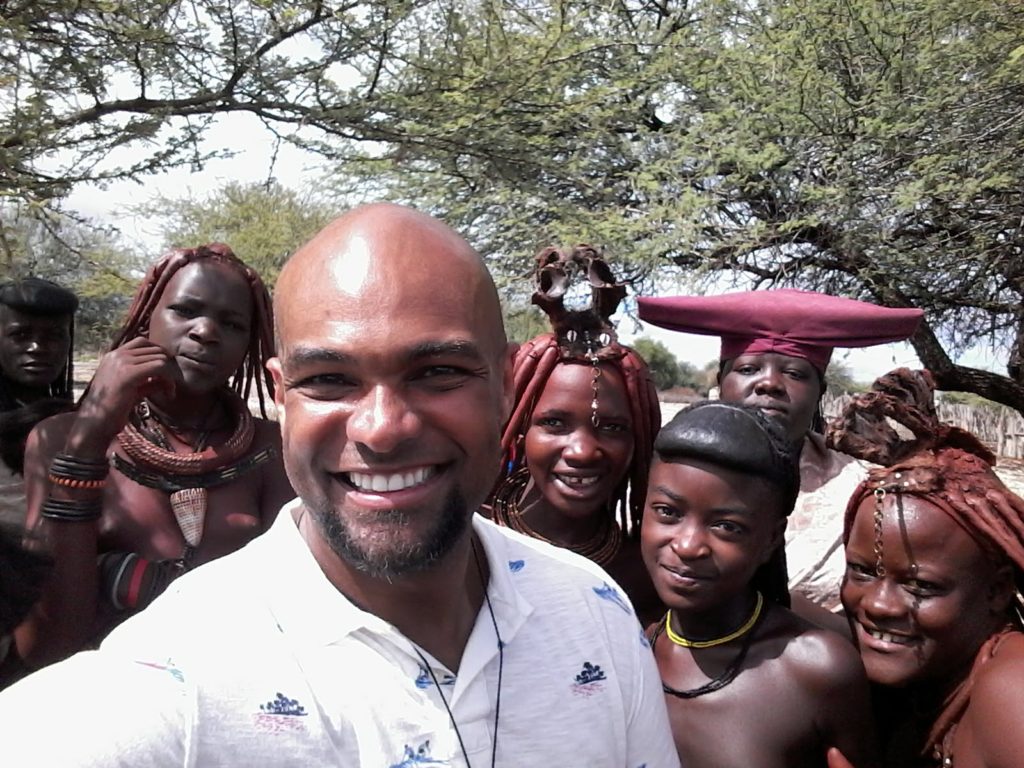“We meet only to meet again.” — Namibian Proverb
Namibia isn’t just about spectacular landscapes and exotic animals. With at least ten different ethnic groups and many more languages and dialects spread across its vast landscape, Namibia’s people represent the triumph and tragedy of the country’s history. Colonized by Germans in the 19th century and occupied by South African Boers until its independence in 1990, Namibia is home to some of the world’s oldest peoples and landscapes, including the ancient Namib Desert for which it is named. The country’s population density is the second-lowest in the world, with only one person per eight square miles; it is often said that you can drive for miles spotting rare animals before spotting another human being.
Over the next couple of weeks, I will be releasing dispatches from the north of Namibia, the most populated part of the country, but the section least-visited by tourists. The North is a flat, tropical area with palm trees standing sentry over vast, marshy plains, and inhabited by a mixed citizenry of Bantu-speaking peoples, including the Ovambo, Herero, Himba, and Zemba tribes. Some of these tribes live in traditional villages and practice lifestyles that have survived for centuries, but most people these days—regardless of tribal origin—speak English (and Afrikaans, German, and maybe even Chinese), pay for purchases using their cell phones, keep up with Beyoncé’s latest dance steps as well as their own traditional dances, and have opinions on American politics.
It’s time for a little northern exposure, Namibia-style.
Have you ever been to Namibia?

